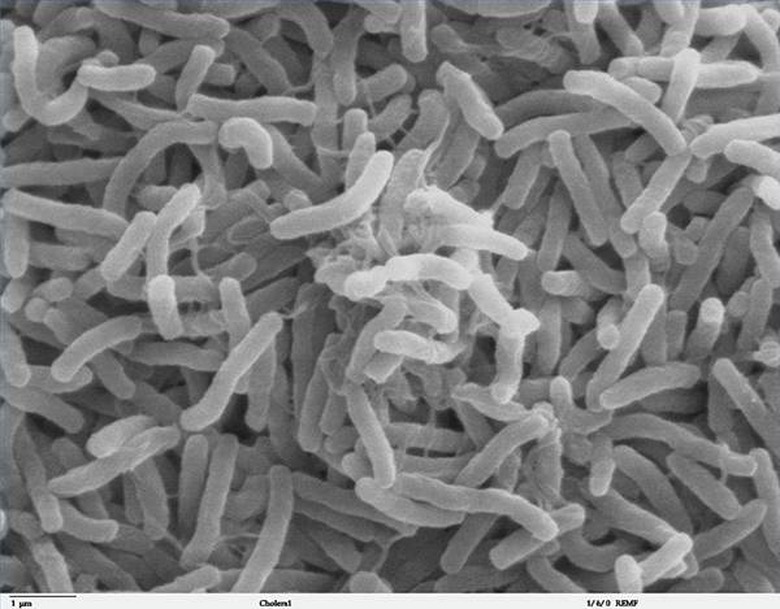How Do Bacteria Respire?
How Do Bacteria Respire?
How Do Bacteria Respire?
Bacteria are small, single-cell organisms that are both beneficial and harmful to human beings. Some forms of bacteria help us to live, such as those that help to break down food in our intestines. Other forms, such as the bacteria that causes the Bubonic Plague, can kill a person if left untreated. There are many different types of bacteria and they respire using different methods. The two primary methods of bacterial respiration are aerobic respiration and anaerobic respiration.
How Do Bacteria Respire Aerobically?
How Do Bacteria Respire Aerobically?
Aerobically respiring forms of bacteria require oxygen to live. They utilize oxygen as fuel to help burn energy and provide them with the energy needed for life. This type of bacterial respiration is the same kind that human beings use, hence the term "aerobic exercise." The major byproduct of aerobic respiration from bacteria is carbon dioxide.
How Do Bacteria Respire Anaerobically?
How Do Bacteria Respire Anaerobically?
Many types of bacteria respire anaerobically. In other words, they can go through the process of respiration without oxygen present. Instead of using oxygen to help them burn the energy in their food, these types of bacteria use other naturally-occurring chemicals to create chemical reactions and release the energy they need. Common naturally-occuring chemicals used include nitrates, sulfates and carbon dioxide. Anaerobic respiration in bacteria generally creates many byproducts. Many of these byproducts can be toxic or dangerous to human beings and include ethanol and hydrogen.
Cite This Article
MLA
Weed, Geoffrey. "How Do Bacteria Respire?" sciencing.com, https://www.sciencing.com/bacteria-respire-4565280/. 24 April 2017.
APA
Weed, Geoffrey. (2017, April 24). How Do Bacteria Respire?. sciencing.com. Retrieved from https://www.sciencing.com/bacteria-respire-4565280/
Chicago
Weed, Geoffrey. How Do Bacteria Respire? last modified March 24, 2022. https://www.sciencing.com/bacteria-respire-4565280/
